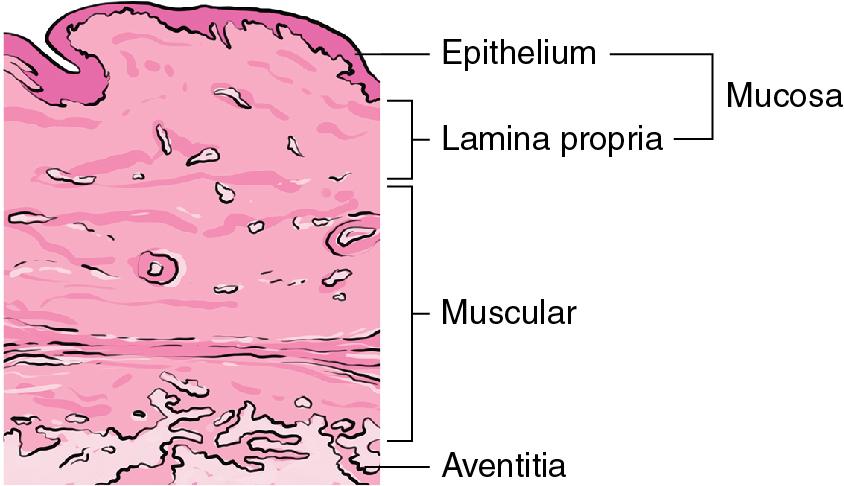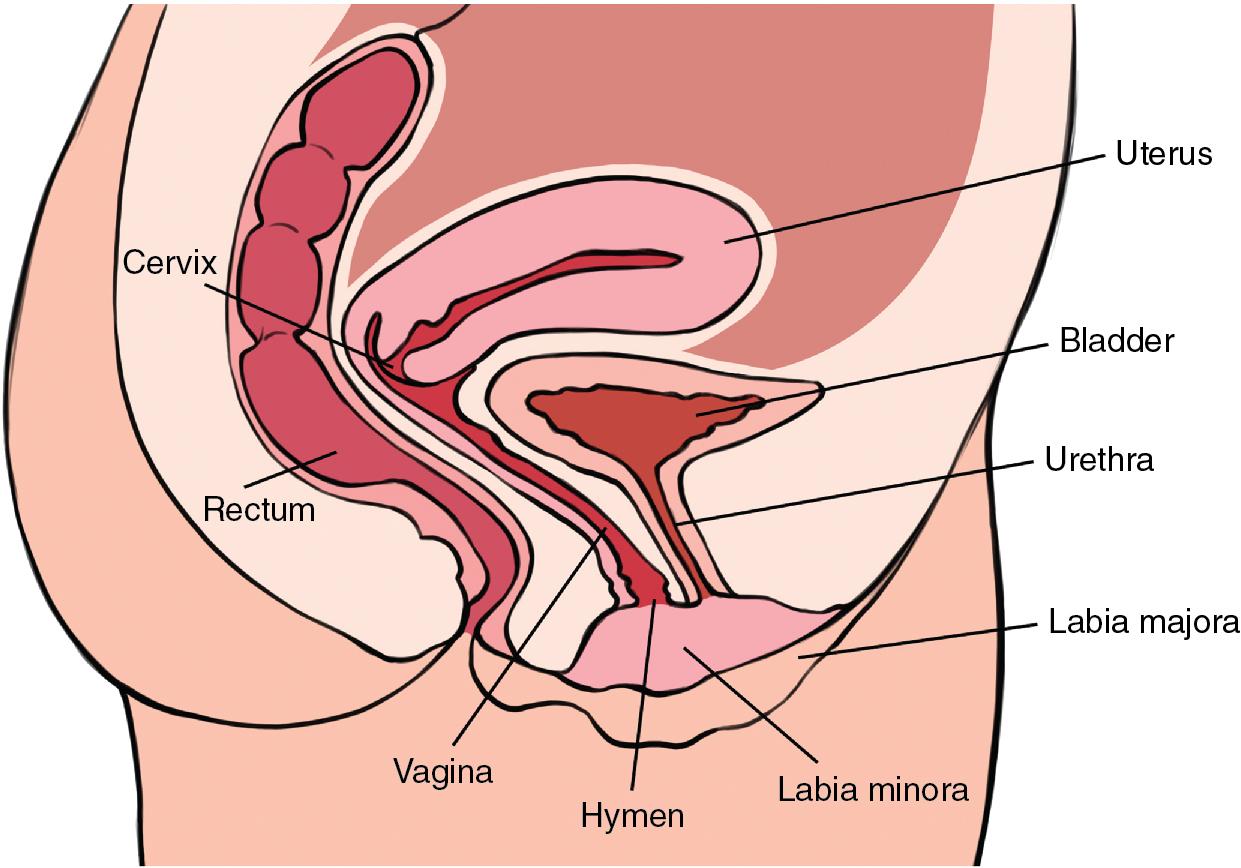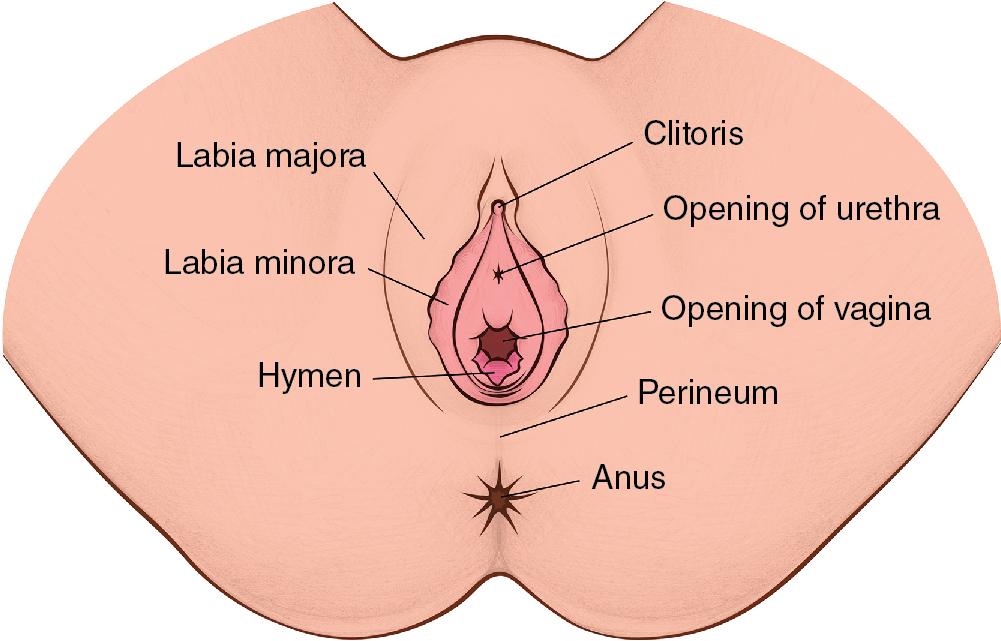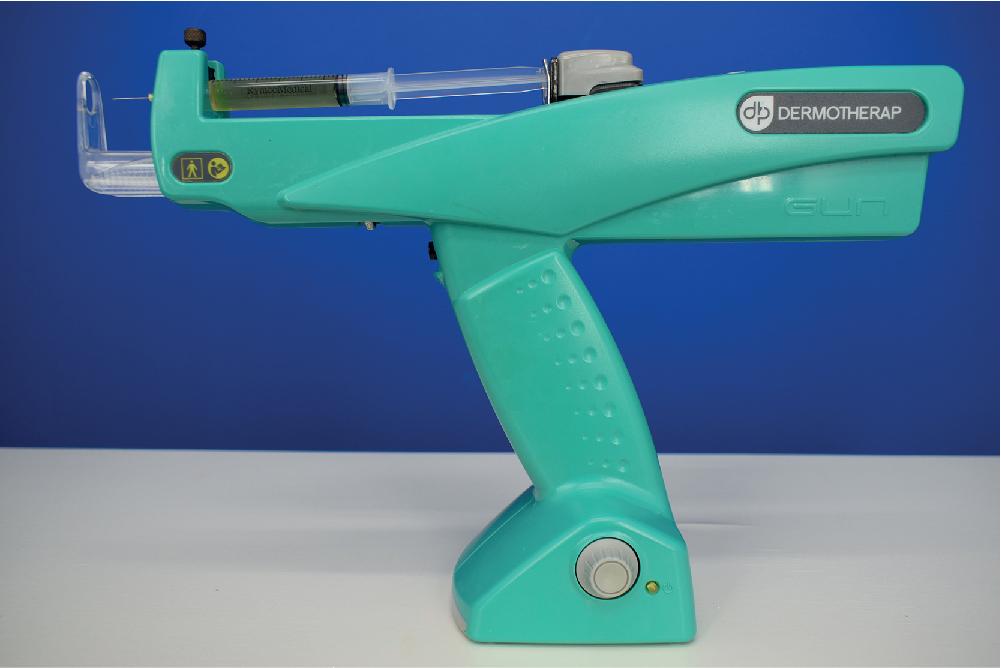Physical Address
304 North Cardinal St.
Dorchester Center, MA 02124
In the aesthetic world, nonsurgical aesthetic procedures have been increasing.
Today, 50% of aesthetic procedures are surgical and 50% nonsurgical.
Vaginal rejuvenation: today’s trend in aesthetic procedures.
Nonsurgical genital/vaginal aesthetic options are an essential part of our armamentarium.
Innovation is key, not only in new technologies but also by bringing something we already do elsewhere to the genital/vaginal area.
International Society of Aesthetic Plastic Surgery (ISAPS) statistics have shown that nonsurgical procedures began to increase in popularity in 2015 and have surpassed surgical aesthetic ones. The American Society of Aesthetic Plastic Surgery (ASAPS) 2017 statistics showed that since 1997, there was an unprecedented increase in nonsurgical procedures of almost 500% versus only 80% increase in aesthetic surgical procedures, showing not only that our plastic surgery practices were expanding toward nonsurgical procedures but also showing a patients trend toward seeking nonsurgical treatments.
According to ISAPS 2016 to 2018 statistics, vaginal rejuvenation procedures, labiaplasties, and surgical vaginal tightening are the aesthetic procedures that have increased the most, with 56% in 2017 compared to only 8% of the rest of aesthetic plastic surgery procedures and 23% in 2018.
Since 2017, this tendency was secondary to labiaplasties, but in the past statistics labiaplasties only increased in 1%, making it clear that today’s increase in vaginal rejuvenation procedures are secondary to vaginal tightening surgical procedures.
It is clear that patients seek nonsurgical options, and that there is a trend toward vaginal rejuvenation procedures, so it is unsurprising that the sector has started producing nonsurgical devices as a complement for our practice. In addition, these have been pretty popular, especially vaginal tightening procedures, where many plastic surgeons are still likely to use surgical vaginal tightening options.
It is important to understand that the vagina is like a corridor that connects the uterine cervix with the outside; it has slim walls, and the pelvic muscles give it support. These walls, although slim, have distinctive layers such as mucosa, fascia muscularis, and adventitia ( Fig. 10.1 ).

When performing a procedure in the vaginal area, it is important to consider that the bladder and the urethra are located on its anterior aspect, and the rectum is located in the posterior aspect, and that these structures are only millimeters away from the vagina itself ( Fig. 10.2 ).

Also, it is important to differentiate some structures from the genital area such as the labia majora, two lateral skin folds, where hairs are naturally located. During early years of life these have a puffy appearance because of subcutaneous/fatty tissue. More medially are the labia minora, one on each side and surrounding the externa introitus. The hymen is located in the vaginal entrance and can be ruptured during sexual intercourse or trauma. The mucosal extension of each labia minora join posteriorly to form the posterior fold and anteriorly to become the clitoral hood, and inside it, the clitoral body. The urethral opening is located anterior to the vaginal entrance, and the perineum skin and the anus are posterior ( Fig. 10.3 ).

According to ISAPS statistics, today’s trend in aesthetic procedures is related to vaginal rejuvenation, both genital aesthetics such as labiaplasty and vaginal tightening surgical procedures.
In the aesthetic world, nonsurgical aesthetic procedures have been increasing, to the point that today 50% of the aesthetic procedures are surgical and 50% are nonsurgical. This fact, along with the increase in vaginal rejuvenation procedures, demonstrated the need to develop vaginal nonsurgical alternatives. This is why we currently have such a large range of nonsurgical techniques for vaginal tightening, many that come from machines and technologies initially invented for skin tightening in areas such as the face that have been adapted for intravaginal use.
Similarly, many options that are currently used for rejuvenating facial skin could be used in genital area such as hydrating and depigmentation lotions, since the labia majora are covered with skin. Also, as we age, every area of our body is affected by earth’s gravity and labia majora are no exception, so skin tightening methods can be used to improve and tighten skin of the labia majora. With time also, the puffy appearance of the labia majora decreases as subcutaneous tissue is lost, so fillers and fat lipoinjections can be used in this area for a rejuvenated look.
For this area, cleansers and hydrating creams with acidic pHs are good alternatives. Special master formulas are advisable by the author according to patient requirements:
As cleanser: Calendula, amamelis, lactic acid
For hydration: Hyaluronic acid 1% + alfa bisabolol 1%
For older skin: Vitamin E 1%, arnica 5%, alfa-bisabolol 1%
For depigmentation: Rucinol 4%, nicotinamide 1%
Blood is drawn from the patient for platelet-rich plasma (PRP) preparation in laboratory (centrifugation for 5 min; nothing is added to the plasma).
Topical anesthesia is applied to the labia majora every 20 minutes for 1 hour before the procedure is performed.
The area is cleaned with an iodine solution.
The plasma is applied to the labia majora with a mesotherapy gun for a more precise injection and less pain for patient ( Fig. 10.4 ).

For better results, three treatments with 1 month between treatments are recommend.
Topical anesthesia is applied to the labia majora every 20 minutes for 1 hour before the procedure is performed.
The area is cleaned with an iodine solution.
Injection is performed with a needle; no canulae is used in this area by the author.
What filler should I use?
The author only uses high-density hyaluronic acid, the same brand as the one used for the face.
Other absorbable fillers have been described, but the author has no experience with them on the face or genital area.
Only absorbable fillers are recommended by the author. In her experience, nonabsorbable substances, such as silicone and others, will bring future problems in the area.
How much should I inject?
Since hyaluronic acid is expensive, never promise that flaccid labia majora will become puffy with the injections of hyaluronic acid.
Expectations of the procedure must be regarding decreasing wrinkles but without giving the impression that there will be real restorations of volume. When volume restoration is desired, other methods must be advised.
It is important to advise the patient that the filler will eventually be reabsorbed. The amount of time it will last depends on the used product.
It is advisable to complement fillers in the labia majora with radiofrequency skin tightening in the area for better results.
Become a Clinical Tree membership for Full access and enjoy Unlimited articles
If you are a member. Log in here